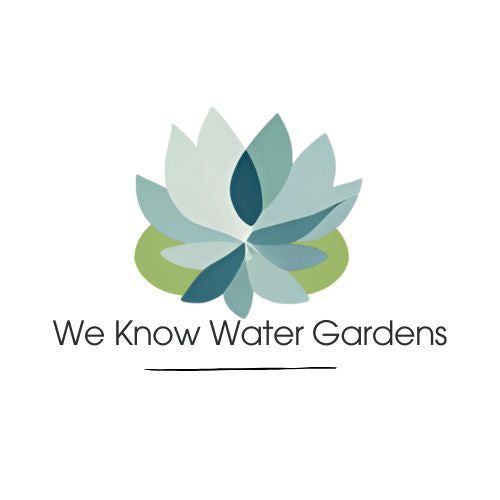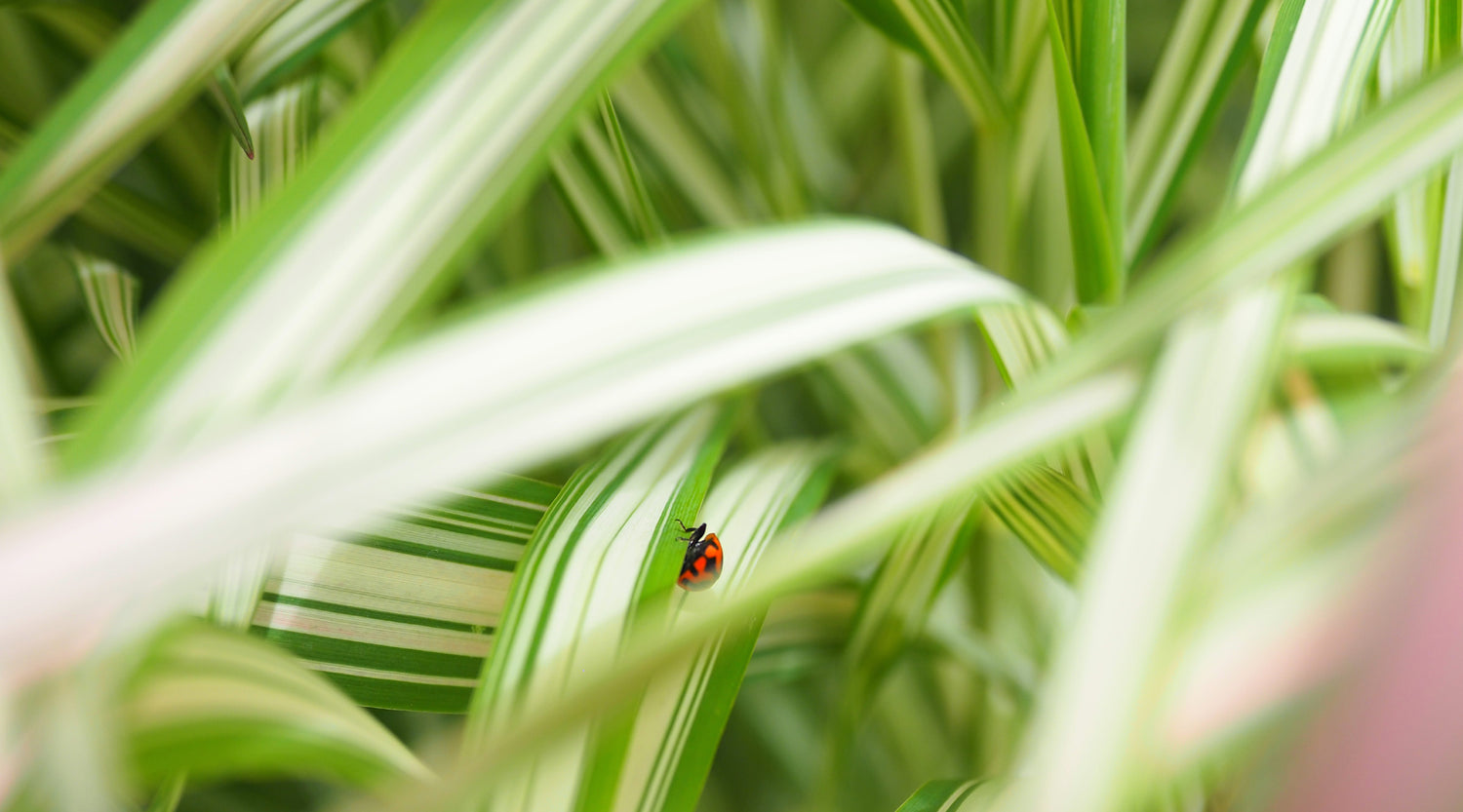Growing Nardoo: A Guide to an Australian native Pond Plant
on Feb 23, 2024

Commonly known as Nardoo, Marsilea angustifolia is an Australian native pond plant with a little bit of history! Did you know that Nardoo was a staple food for Indigenous Australians? More about this later!
With its delicate fronds and vibrant green colour, this aquatic plant is sure to become the focal point of your water garden.Nardoo is a versatile plant that can adapt to various water conditions, making it suitable for both beginners and experienced gardeners. From choosing the right location in your pond to maintaining optimal water quality, this article will provide you with all the information you need to successfully cultivate Nardoo.
Discover how to grow Nardoo and create a haven for Aussie native fish, frogs as well as insects that are endemic to your area.
Understanding the Growth Requirements of Nardoo
Nardoo is a tough native aquatic plant that can adapt to a wide range of water conditions, making it suitable for both beginners and experienced gardeners.
Nardoo thrives in ponds that receive at least 6 hours of direct sunlight each day. This ensures that the plant receives enough energy to sustain its growth. Additionally, Nardoo prefers water temperatures between 20°C to 30°C, making it suitable for various climates.
To create a healthy environment for Nardoo, it's crucial to monitor the water's pH level. Ideally, the pH should be between 6.5 and 7.5, slightly acidic to neutral. Regular testing and adjustments can help maintain optimal conditions for Nardoo's growth.
Choosing the Right Location for Your Nardoo Pond
Now that you understand the growth requirements of Nardoo, it's time to choose the perfect location for your pond. When selecting a spot, consider the amount of sunlight the area receives and the proximity to trees or other structures that may cast shade.
A location with ample sunlight is crucial for Nardoo's photosynthesis process, which is essential for its growth and overall health. Avoid areas that are constantly shaded, as this can hinder Nardoo's ability to thrive.
Furthermore, ensure that the location you choose has a stable water source, either through natural means or a reliable water supply. Nardoo requires consistent access to water to maintain its optimal growth.
Preparing the Soil and Water for Optimal Nardoo Growth
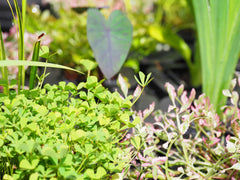 Now that you have chosen the perfect location for your Nardoo pond, it's time to prepare the soil and water to create an environment conducive to its growth. Start by removing any debris or unwanted vegetation from the pond area. This will prevent competition for resources and create a clean slate for Nardoo to flourish.
Now that you have chosen the perfect location for your Nardoo pond, it's time to prepare the soil and water to create an environment conducive to its growth. Start by removing any debris or unwanted vegetation from the pond area. This will prevent competition for resources and create a clean slate for Nardoo to flourish.
Next, consider the type of soil in your pond. Nardoo prefers a sandy or loamy soil that is well-draining. If your pond has a clayey soil, consider amending it with sand or organic matter to improve drainage. This will prevent the soil from becoming waterlogged and suffocating the Nardoo's roots.
When it comes to water quality, Nardoo prefers clean, oxygen-rich water. If your pond water is stagnant or lacks oxygen, consider installing a fountain or aerator to improve circulation. This will ensure that the Nardoo receives the necessary nutrients and oxygen to thrive.
Nardoo has a rich and interesting history in Australia
Nardoo has been a staple bush food in Australian indigenous communities but knowing how to prepare it has been key to them relying on it as a food source.
The Nardoo plant holds a unique place in Australian history, particularly in the context of the ill-fated Burke and Wills expedition of 1860-61. Indigenous Australians had long relied on Nardoo as a valuable food source, with the spore-covered sporocarps providing sustenance. Unfortunately, during their desperate struggle for survival, explorers Burke and Wills turned to Nardoo as a last resort. Unfamiliar with the preparation required to detoxify the plant, they consumed it in a misguided attempt to stave off starvation. Tragically, this led to thiamine deficiency, known as "neuropathic beriberi," contributing to the demise of both explorers. The Nardoo plant's role in this historical tragedy underscores the importance of understanding and respecting Indigenous knowledge, as well as the necessity for cultural competence in exploring and interacting with the diverse ecosystems of the Australian continent.
Planting Nardoo in Your Pond
Nardoo can be planted directly into your pond or grown in the floating pond ring. If
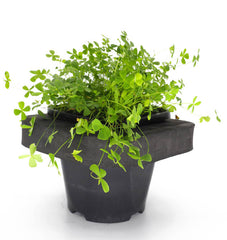 planting directly into your pond it can be planted to a depth of no more than 30cm.
planting directly into your pond it can be planted to a depth of no more than 30cm.We recommend growing it in the floating pond ring that comes with the plant. The foliage will float across the water.
Nardoo Care and Maintenance Tips
Once your Nardoo is planted and growing in your pond, it's important to provide proper care and maintenance to ensure its continued health and beauty. Here are some essential tips to keep in mind:
- Water Quality: Monitor the pH levels and water temperature regularly, making adjustments as needed. Test the water for any imbalances and address them promptly to maintain optimal conditions for Nardoo's growth.
- Feeding: Nardoo benefits from an occasional feed to promote healthy growth. Use our slow-release pond plant fertiliser that is specifically formulated for pond plants, following the manufacturer's instructions.
- Pruning: Although not necessary, you can trim any dead or yellowing fronds to maintain the plant's aesthetic appeal and promote new growth. Be careful not to over-prune, as this can stress the plant.
- Weed Control: Keep an eye out for invasive weeds that may compete with Nardoo for resources. Remove any unwanted vegetation promptly to prevent it from overtaking your pond.
- Pest Control: Monitor your Nardoo for any signs of pests, such as aphids or snails. If necessary, use a safe and appropriate pesticide to control the infestation and protect your plants.
Common Problems and Troubleshooting for Nardoo Growth
Despite your best efforts, you may encounter some challenges when growing Nardoo in your pond. Here are some common problems and troubleshooting tips to help you overcome them:
- Yellowing Fronds: If your Nardoo's fronds are turning yellow, it may be a sign of nutrient deficiency. Consider giving the plant a feed to address the issue.
- Wilting Fronds: Wilting fronds can indicate insufficient water or excessive heat. Ensure that your Nardoo receives enough water and provide shade during extreme heat to protect the plant from stress. It is important to note that the foliage folds up at night and this is a normal response to low levels of light.
- Algae Growth: Excessive algae growth can occur in ponds with poor water quality or excessive sunlight exposure. Regularly test the water and make adjustments to maintain optimal conditions. Consider adding other pond plants or installing a UV clarifier to control algae growth.
- Pest Infestation: If your Nardoo is being attacked by pests, such as aphids or snails, consider using natural predators or safe pesticides to control the infestation. Regularly inspect your plants and take prompt action to prevent further damage.
Harvesting and Using Nardoo in Your Pond Ecosystem
As your Nardoo plants mature, you may consider harvesting them for various purposes. While we don't recommend eating it as it does need to be prepared correctly. If you are planning on preparing Nardoo as a dough or porridge from the sporocarps, it is recommended that it is eaten with another protein occasionally.
Nardoo can provide food and shelter for aquatic creatures, as well as contribute to the overall balance of your pond. Here are some ways you can use Nardoo in your pond:
- Fish Food: Nardoo fronds can be a nutritious food source for fish, providing essential vitamins and minerals. Harvest some fronds and introduce them into your pond to benefit your fish population.
- Aquatic Habitat: Nardoo provides an excellent habitat for small aquatic creatures, such as native species of frogs, tadpoles and insects. Its dense fronds offer protection and shelter, creating a thriving ecosystem within your pond.
- Water Filtration: Nardoo can help improve water quality by absorbing excess nutrients and reducing algae growth. Its roots act as natural filters, enhancing the clarity and health of your pond water.
Nardoo Companion Plants for a Thriving Pond Environment
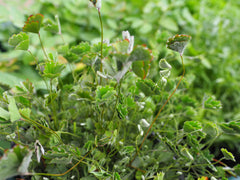 To create a diverse and thriving pond environment, consider planting companion plants alongside your Nardoo. Companion plants can provide additional benefits, such as oxygenation, water filtration, and aesthetic appeal. We have 2 Native Pond Plant Starter Packs available to get your pond off to a good start. Alternatively, here are some companion plants that pair well with Nardoo:
To create a diverse and thriving pond environment, consider planting companion plants alongside your Nardoo. Companion plants can provide additional benefits, such as oxygenation, water filtration, and aesthetic appeal. We have 2 Native Pond Plant Starter Packs available to get your pond off to a good start. Alternatively, here are some companion plants that pair well with Nardoo:
- Hairy Nardoo: Produces a soft furry leaf in much the same form as regular Nardoo. A good choice of companion plant.
- Brahmi: Brahmi is known as the 'Memory Herb' for its potential cognitive and medicinal benefits! It is also an Australian native pond plant and when grown submerged is one of the best oxygenating pond plants!
- Upright Water milfoil: An attractive pond plant and a good addition to any pond or water garden. Milfoil can be submerged to a depth of 20cm where it will act as an oxygenator and provides cover for fish and tadpoles.
Enjoying the Benefits of growing Ausralian Native Pond Plants
By understanding the growth requirements, choosing the right location, and providing proper care and maintenance, you can enjoy the beauty and benefits of Nardoo in your pond.
From its delicate fronds and vibrant green colour to its rich history, Nardoo is truly a remarkable aquatic plant. At We Know Water Gardens, we believe that Nardoo is a worthy addition to any pond or water feature. Feel free to get in touch if you have any other questions about growing Nardoo in your pond.
© weknowwatergardens 2024
Share
